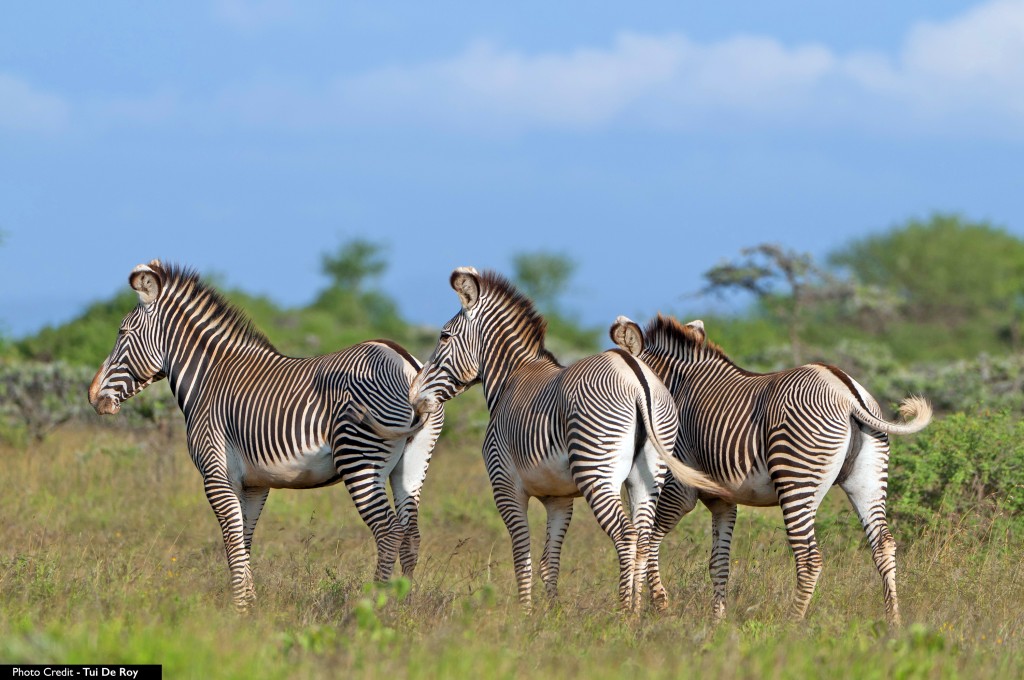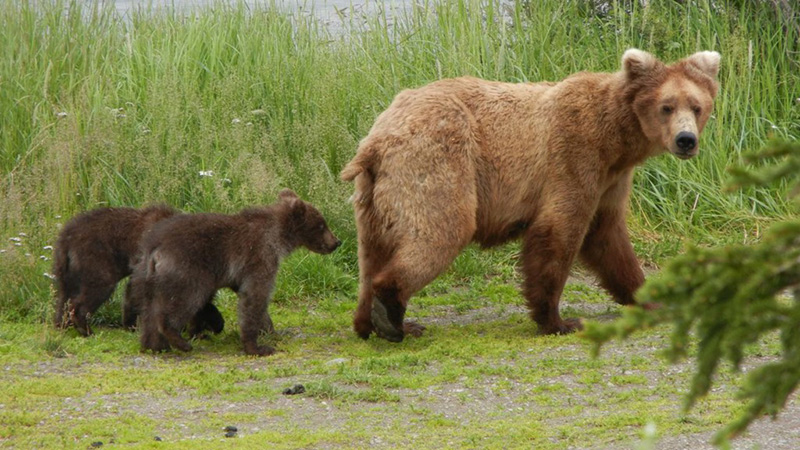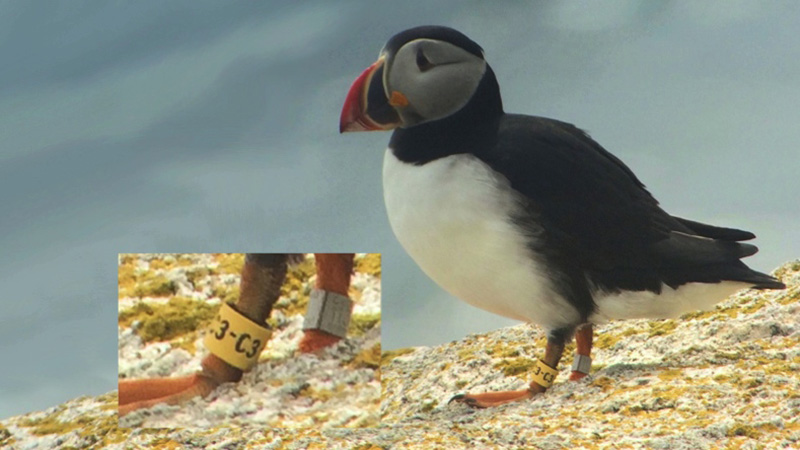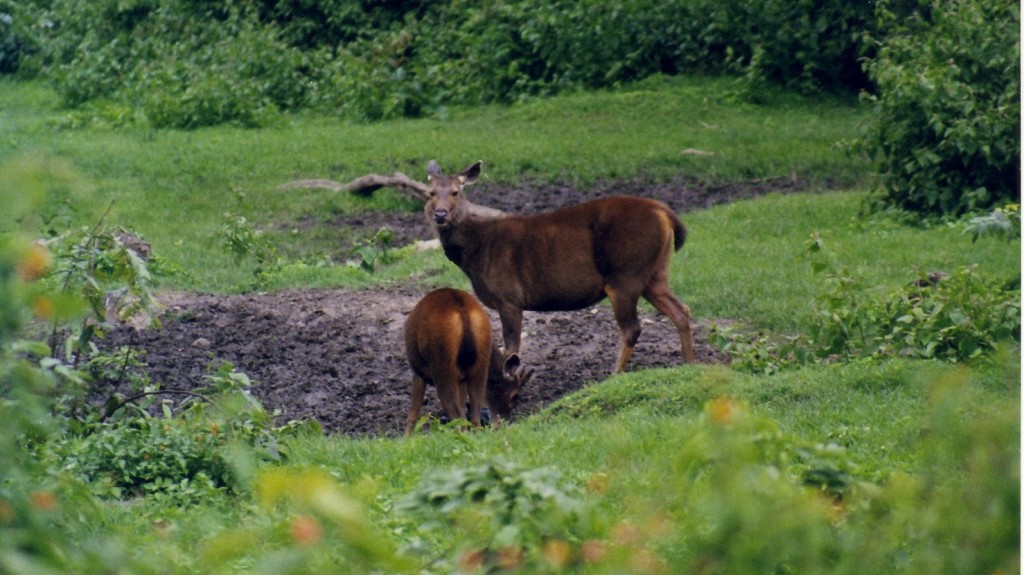One of the most effective ways of collecting and classifying data is through the involvement and participation of members of the general public. Successful projects in biology, ecology and conservation have used the citizen science method. Every day on Explore.org, viewers participate in ad hoc community science by monitoring, recording and engaging in conversations about
Brown Bears: Take Part When You Watch
The Brown Bear Cams in Alaska’s Katmai National Park are live again for the season, bears are waking up, and our partners would like you to take part in research while you watch.
Unlocking the mystery of Puffin C3
By Keenan Yakola – Project Puffin Research Supervisor on Seal Island Phew! Sorry for the delayed post! The past week is one of the busiest weeks on Seal Island National Wildlife Refuge over the course of the summer. We conducted our annual tern, gull and eider census and now we have tern chicks popping out
Kittiwakes Use Scent to Find Mates for an Important Reason
Birds like black-legged kittiwakes aren’t into inbreeding and recent research has shown how these animals determine who is and is not related to them. According to Science Daily, researchers have found that these birds can identify kin by scent.
Mammal Mothers Respond to Cries from Mammal Babies
Researchers recently discovered a curious phenomenon. Mammal moms respond to cries of other baby animals, so long as they’re also mammals. Scientific American reported on the findings of Susan Lingle (University of Winnipeg) and Tobias Riede (Midwestern University), who spent two summers testing deer in Canada.







